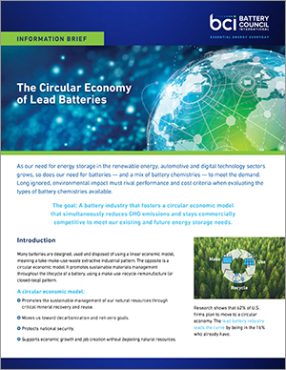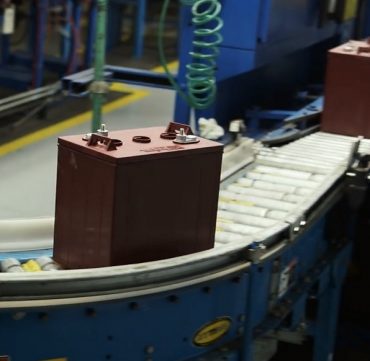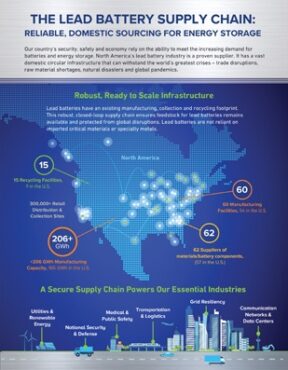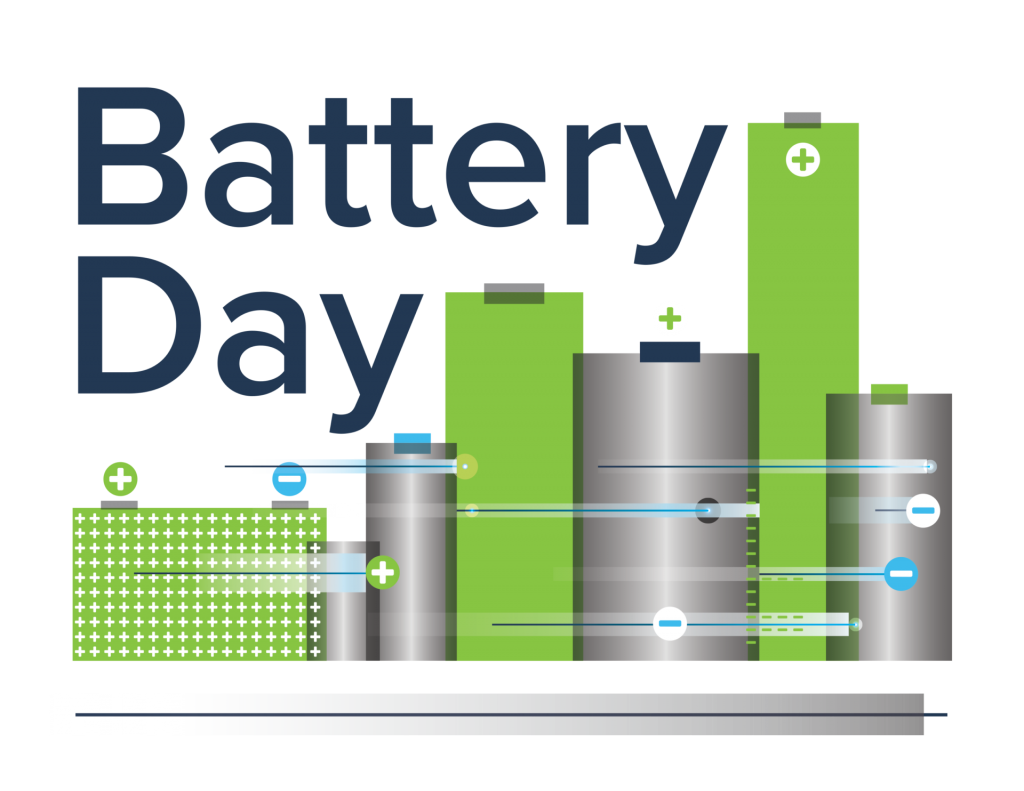
The Benefits of Lead Batteries Make Them Irresistible
While many people celebrate Valentine’s Day on February 14, the lead battery industry sees that date as the start of a week-long celebration of batteries. It culminates on Friday, February 18, with National Battery Day.
What’s not to love about a product that’s essential to a robust U.S. economy? Lead Batteries have been the backbone of transportation, communications and national security for decades. But over the past year, their role in realizing a greener future has been recognized in policy discussions around the globe.
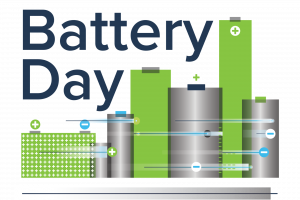
Domestically Meeting Demand for Critical Materials
That reality is driving battery demand. Lead battery market forecasts continue to show growth, by adding an expected $11 billion in volume between 2020 and 2030.
In the U.S., the federal government has “walked the talk” to address such growth. It has included more than $400 million dollars through fiscal year 2023-24 to fund pilot programs for advanced batteries and to increase energy storage capabilities. The goal is to make the U.S. the global leader in battery technologies and clean energy. How? By reducing reliance on other countries for critical minerals and battery technologies.
A Resilient Supply Chain – Today and in the Future
The lead battery industry is ahead of the curve in reaching these goals and accelerating the move to a carbon-free electric future. Currently, more than 90% of North American lead battery demand is met by North American manufacturers.
Already in place is a strong domestic lead battery infrastructure and a proven circular model. There are 50 lead battery manufacturing facilities and over 14 lead battery recycling facilities in North America. The latter is a vast lead battery collection, recycling and reuse system that ensures U.S. lead battery manufacturers have the inputs needed to reduce dependence on foreign imports.
Most Sustainable Battery Chemistry
Did you know that lead batteries are recycled at a rate of 99%, making them the most recycled consumer product in the U.S.? That’s in stark contrast to the less than 15% recycling rate of lithium-ion batteries.
Lead battery recycling facilities take in used lead batteries, which are deconstructed and processed into the materials used to make new batteries. In fact, a typical new lead battery is comprised of more than 80% recycled material. This reuse, remanufacture cycle keeps more than 130 million batteries from U.S. landfills each year.
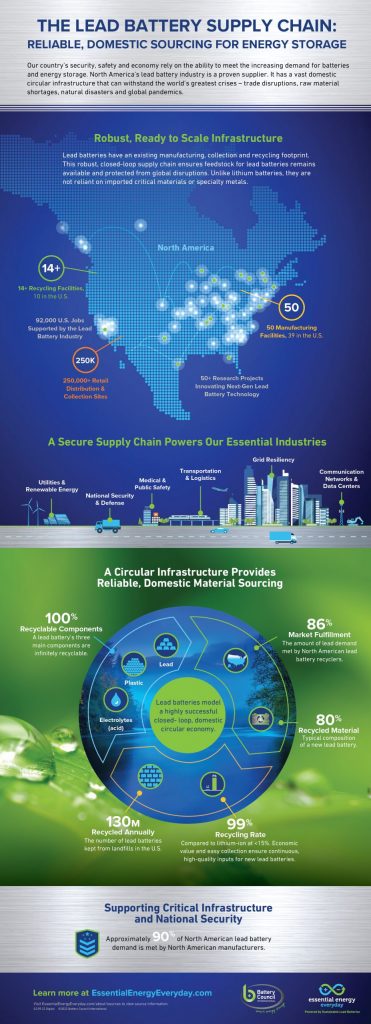
Ongoing Research and Development
Furthermore, the lead battery industry has developed an innovation roadmap to demonstrate its role in helping the Department of Energy (DOE) address the demand for advanced battery technology. The roadmap identifies 13 research areas to aid DOE in meeting the needs of our energy future.
Through private-public agreements, there are over 50 research projects underway to identify next-gen lead battery technology. This work is conducted in partnership with universities and the DOE’s National Lab system.
One project in progress is by the American Battery Research Group, a collaboration of Argonne National Laboratory, the University of Toledo and U.S. battery manufacturers. Last year, they announced a plan to review key battery materials to help lengthen the life of a lead battery by increasing cycling efficiency.
Share Our Love of Lead Batteries
The Essential Energy Everyday website provides a deep repository of current information on lead battery news, benefits and solutions. What better way to celebrate National Battery Day than to dive in, learn more, and share our love of all things lead-battery related!

